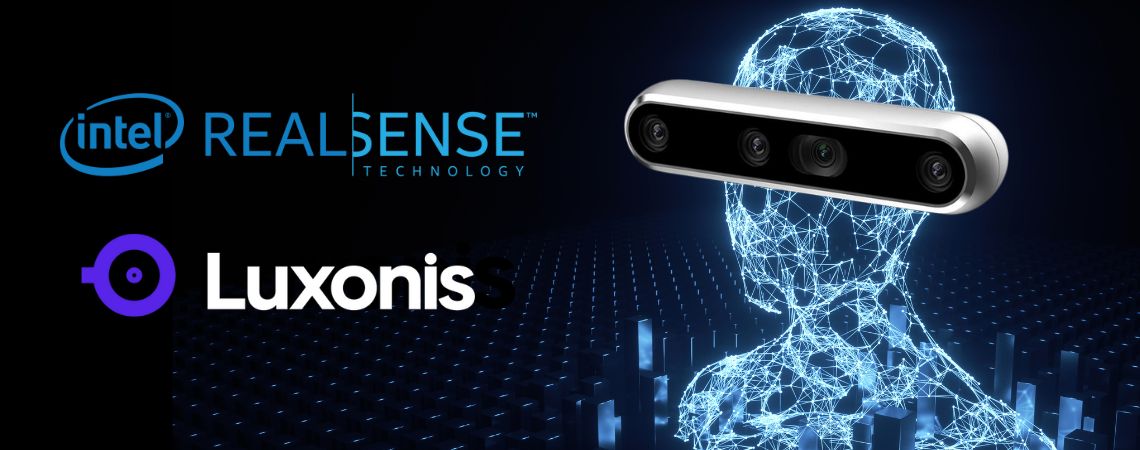Depth cameras are essential for developing autonomous mobile robots, they give them the capacity to see, understand, interact and learn from their environment. They function a little like our own eyes, being able to differentiate between different shapes, colours, movements and depths. These stereo cameras work both indoors and out, regardless of lighting conditions. But which brand should you choose? Luxonis or RealSense? Here we help you make a more informed choice!
Intel RealSense cameras: a robust range for robotics
The Intel RealSense cameras are among the best on the market – they see in 3D and have both a conventional sensor and secondary infrared sensors, for precise depth of field.
All their cameras are built around the Intel® RealSense™ D4 vision processor, a system that uses advanced algorithms and allows the cameras to operate without a GPU or dedicated host processor.
This robust system, combined with advanced configuration and calibration tools and its multiple models, opens up new avenues in a wide range of applications: robotics, drones, 3D detection, facial recognition, object recognition, etc.
The Intel RealSense cameras use the open-source SDK 2.0, which is compatible with lots of development platforms, programming languages and operating systems. In addition, the brand is constantly adding new features to its SDK: Open3D, ROS/ROS2, TensorFlow, OpenVINO, etc.
Comparison of Intel RealSense cameras
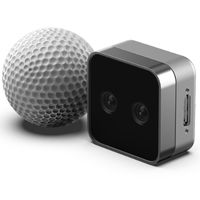 D405
D405 |
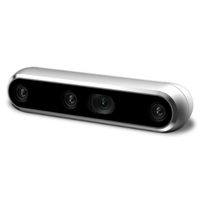 D455
D455 |
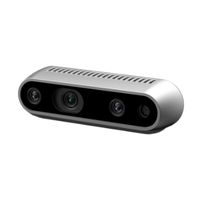 D435/D435I
D435/D435I |
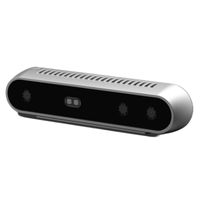 D415
D415 |
|
| Applications | A small, lightweight camera for short-range operations | A camera for longer range applications | A camera with a wide field of view, ideal if your robot moves quickly or outdoors | A camera for high-precision solutions |
| Depth module | D401 | D450 | D430 | D415 |
| Recommended range | 7 to 50 cm | 40 cm to 6 m | Approx. 10 metres | Approx. 10 metres |
| Use | Indoors and out | Indoors and out | Indoors and out | Indoors and out |
| Accuracy | +/-2% at 50 cm | +/-2% at 40 cm | +/-2% at 30 cm | +/-2% at 50 cm |
| Resolution | Up to 1280 x 720 | Up to 1280 x 720 | Up to 1920 x 1080 | Up to 1920 x 1080 |
| Field of view | 87° x 58° | 86° x 57° (+/- 3°) | 86° x 57° (+/- 3°) | 65° (+/- 2°) x 40° (+/- 1°) x 72° (+/- 2°) |
| Image sensor | OV9782 | OV9782 | OV2740 | OV2740 |
| Dimensions | 36.5 × 19.4 × 10.5 mm | 124 x 26 x 29 mm | 90 x 25 x 25 mm | 99 x 20 x 23 mm |
| IMU | No | Yes | D435: No / D435i: Yes | No |
Luxonis cameras: making robotics accessible to all
Luxonis stands apart for proposing turnkey cameras capable of running a first basic script in less than 30 seconds. They offer the advantage of directly integrating AI, computer vision and image processing, considerably reducing the load on your robot’s computer.
The Luxonis cameras use the Intel® Movidius™ Myriad™ X VPU processor for depth and AI processing, and can be combined with several common robotics platforms: Raspberry Pi, Jetson Nano NVIDIA development kit, Google Edge TPU Coral.
All the cameras function with DepthAI, an open-source ecosystem with a wide range of features, including stereo depth, 3D object location, object tracking and encoding.
In addition, the brand offers various options for most of its models:
- Auto focus or fixed focus
- Basic version or PoE version with waterproof enclosure
In terms of applications, the Luxonis cameras are ideal for industrial automation, robotics, security and surveillance systems, and even artificial intelligence.
Comparison of Luxonis OAK cameras
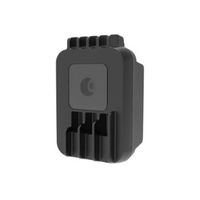 OAK-1 |
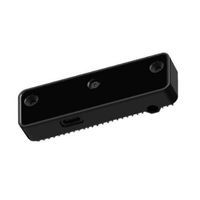 OAK-D Lite |
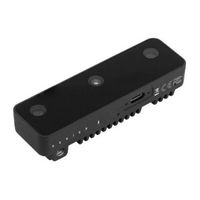 OAK-D S2 |
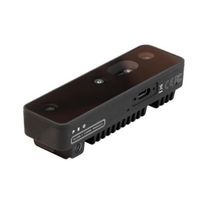 OAK-D Pro |
|
| Stereo vision | No | Yes | Yes | Yes |
| Night vision | No | No | No | Yes |
| Camera | 1x RGB 12M | 2x B/W 1x RGB 13M | 2x B/W 1x RGB 12M | 2x B/W 1x RGB 12M |
| Field of view | 78° | 81.3° | 78° | 81° |
| Wide angle | No | No | Yes | Yes |
| Connection | USB or PoE | USB | USB or PoE | USB or PoE |
| Image sensor | IMX378 | IMX214 | IMX378 | IMX378 |
| Dimensions | 36 x 54.5 x 27.8 mm | 91 x 28 x 17.5 mm | 97 mm × 29.5 mm × 22.9 mm | 97 mm × 22.9 mm × 29.5 mm |
Intel RealSense vs. Luxonis: the verdict
The D435i, D455 and OAK-D Pro were subjected to various tests to see which camera performed best.
Test 1: Data accuracy
A chair was positioned 6 metres away from each camera to see which achieved the best data accuracy.
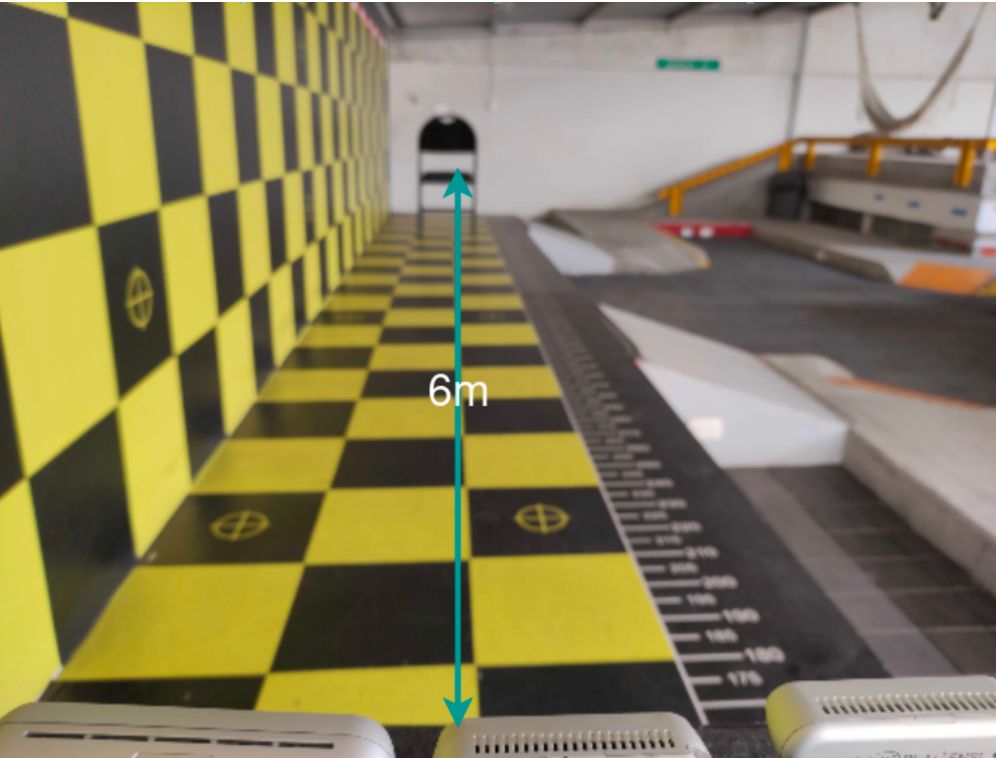
Source image : Hackernoon
Note: All Intel models can be used at distances of up to 10 meters by changing the threshold filter of the stereo module using the RealSense Viewer tool. The D435i has an error of <2% at 2 metres, so is very reliable in indoor situations, but in outdoor situations its data may be affected. The D455 has a depth range of 6 metres and can be used both indoors and out, with an expected error of <2% at 4 metres.
The OAK-D Pro camera is capable of a depth perception of up to 35 metres. However, processing data located at such a distance would be overkill for most applications.
The results were as follows:
- The D455 camera achieved a remarkable result of 6.1 metres, equivalent to an error of around 2.2%
- The OAK-D Pro camera experienced an error of 25%, with a result of 7.5 metres
- The D435i camera experienced an error of about 38%, with a result of 8.3 metres
Test 2: Point cloud on a low visual interest surface
A point cloud is a set of data points representing a 3D shape based on stereo images.
Note: The OAK-D Pro has an IR laser dot projector and an IR illumination LED. The dot projector sends out a stream of small dots in front of the device, which is especially useful for surfaces that have low visual interest (e.g. a white wall or a sheet of paper). The IR illumination LED allows the device to operate in low or no-light conditions.

Deaktivierte Nachtsicht vs. Aktivierte Nachtsicht
This test focused on active stereo comparison of the OAK-D Pro and the D435i. The study examined 2 scenarios: the first with the laser dot projector disabled and the second with it enabled.
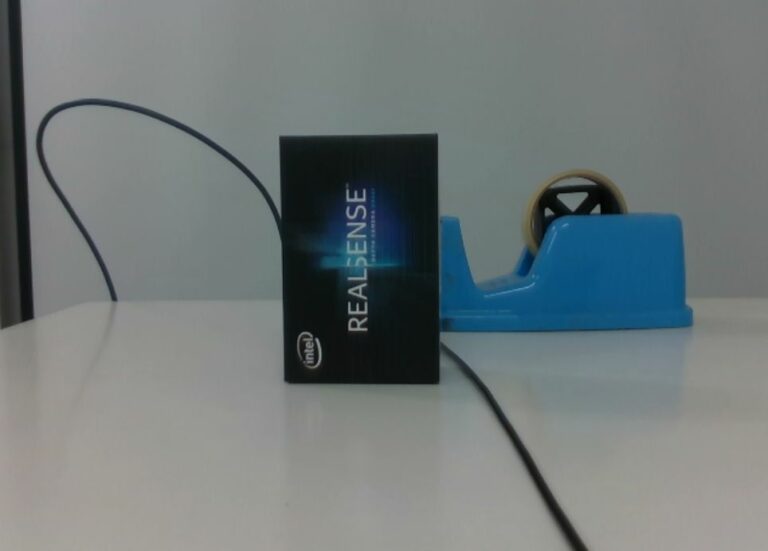
This picture shows two primary surfaces that have low visual interest: the table and the wall.
Scenario 1, with the laser dot projector disabled
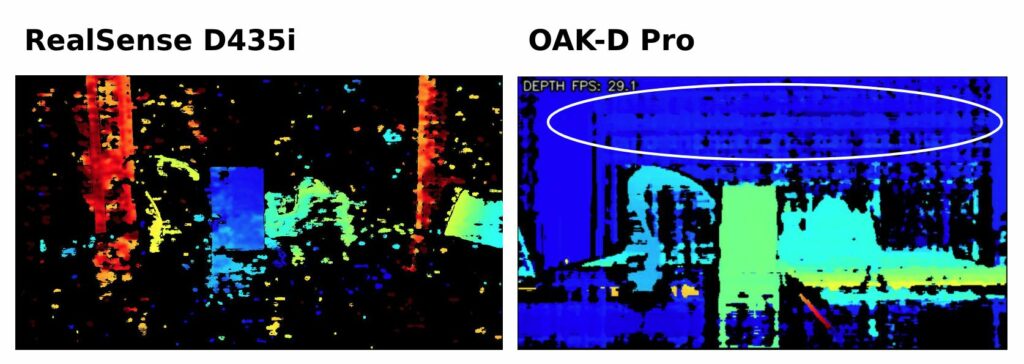
On the right, you can see that the low visual interest surfaces are better defined. The shape of the wire is also much more visible; and although the outline of the tape dispenser is slightly warped, its full shape is captured.
Scenario 2, with the laser dot projector enabled
As expected, the results for both devices have improved considerably. However, on the left, with the RealSense D435i, the depth readings of the low visual interest surfaces are still inconsistent and definition around the edges is also lacking. On the right, the OAK-D Pro captures a much more holistic scene, and the IR laser dot projector helps it to measure the depth of low visual interest surfaces consistently and accurately.
So if you’re working with low visual interest surfaces and need on-board active stereo, we recommend the Luxonis OAK-D Pro.
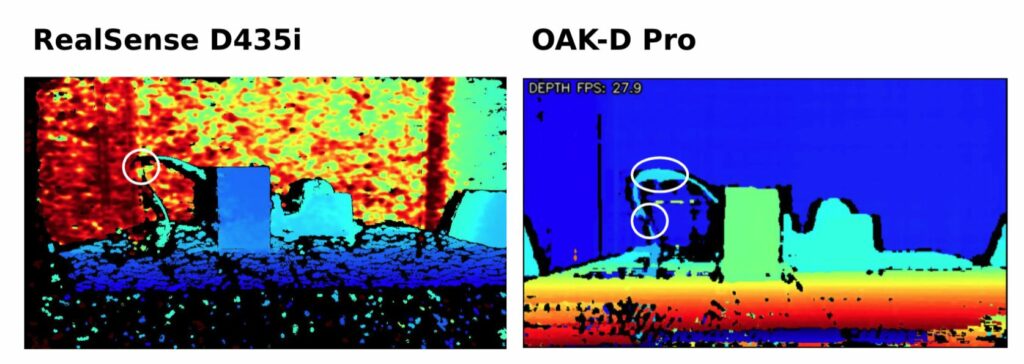
Conclusion
The Luxonis cameras are generally robust. Their main advantage is their small embedded computer, which allows them to directly run AI models thus relieving the load on the main system. Although a young brand, Luxonis is proving a serious competitor to Intel RealSense.

